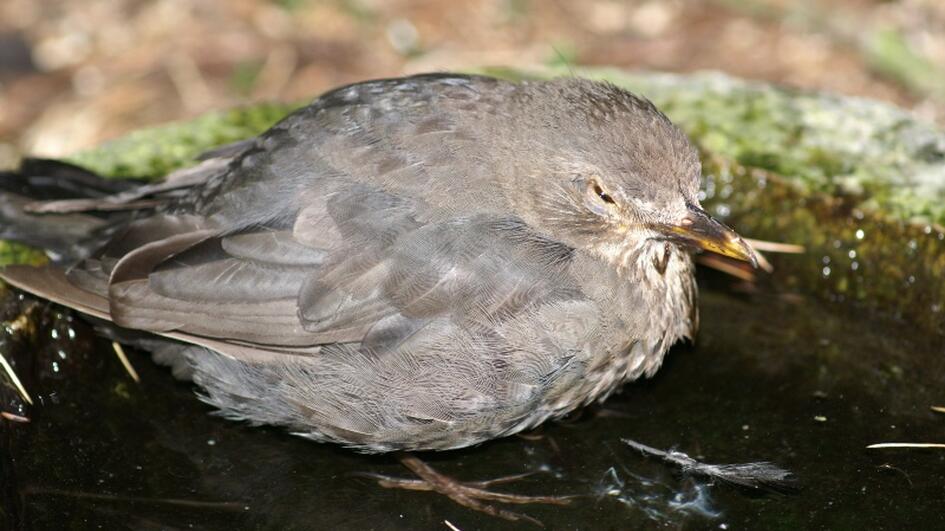- In Germany, regions affected by USUV witnessed a 15.7% greater decline in blackbird populations compared to unaffected areas.
- In the Netherlands, blackbird numbers have significantly dwindled since 2016, with USUV being a major contributing factor.
- A severe USUV outbreak in Flanders, Belgium, in 2017 led to a staggering 50% reduction in the blackbird population.
- Neurological issues such as disorientation, depression, and paralysis.
- Atypical symptoms, including skin dermatitis, anorexia, and lethargy.
- Enlargement of vital organs like the liver and spleen.
- Widespread inflammatory cell infiltration across multiple organs.
- Surveillance of dead birds to detect USUV presence.
- Necropsies on affected birds to study the pathology of the virus.
- Serological surveys in both wild and captive bird populations to assess exposure levels.
- Most human infections result in asymptomatic or mild symptoms.
- Rare cases have shown severe neurological complications, including encephalitis.
- By 2019, nearly 50 human cases had been reported, predominantly in Europe.
- The potential for long-term declines in European bird populations, especially blackbirds.
- The necessity for heightened surveillance and in-depth research to better understand the virus’s ecology and transmission.
- Development of effective prevention strategies to protect both avian and human populations.
The Usutu virus (USUV) has emerged as a formidable concern for bird populations across Europe, with blackbirds, or “merels” in Dutch, being particularly vulnerable. This mosquito-borne flavivirus, which shares close ties with the West Nile virus, has caused significant outbreaks and high mortality rates among various avian species since it was first detected in Europe in 1996.
Origin and Spread
USUV traces its origins to Africa, named after the Usutu River in Swaziland. The virus likely made its way to Europe through migratory birds, with Italy reporting the first European case in 1996. Since its arrival, the virus has swiftly expanded its presence, affecting countries such as Austria, Hungary, Switzerland, Germany, and the Netherlands.
Impact on Blackbirds
The blackbird (Turdus merula) population has been particularly hard-hit by USUV:
Symptoms and Pathology
USUV infection in blackbirds manifests through various severe symptoms:
Transmission and Vectors
Mosquitoes, particularly Culex pipiens, are the primary vectors for USUV in Europe. The virus perpetuates an enzootic cycle between mosquitoes and birds, with blackbirds serving as crucial amplifying hosts, thereby exacerbating the spread of the virus.
Monitoring and Surveillance
Active monitoring efforts are essential in tracking the spread of USUV. Wildlife health organizations, such as Sovon in the Netherlands, are engaged in various surveillance activities:
Human Health Implications
While USUV primarily impacts avian species, human cases have been reported:
Future Concerns and Research
The ongoing spread of USUV presents several challenges and areas for future research:
As USUV continues to extend its reach across Europe, sustained research and vigilant monitoring are imperative to mitigate its impact on blackbird populations and assess potential human health risks. The virus underscores the intricate interplay between wildlife, vector-borne diseases, and human activities in our rapidly changing environment.







